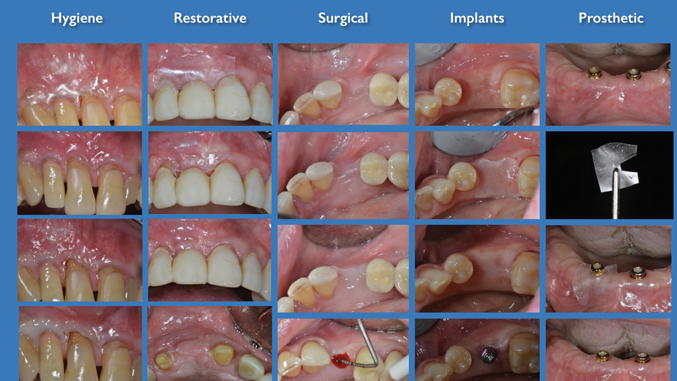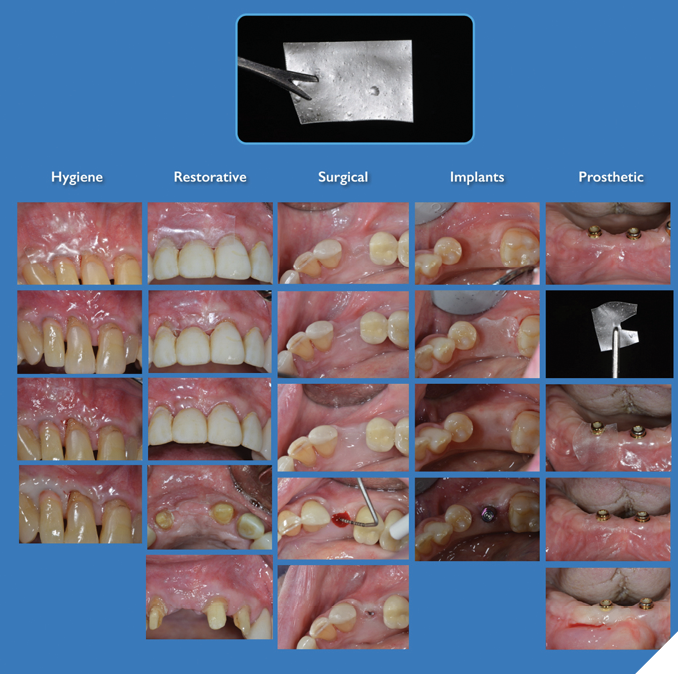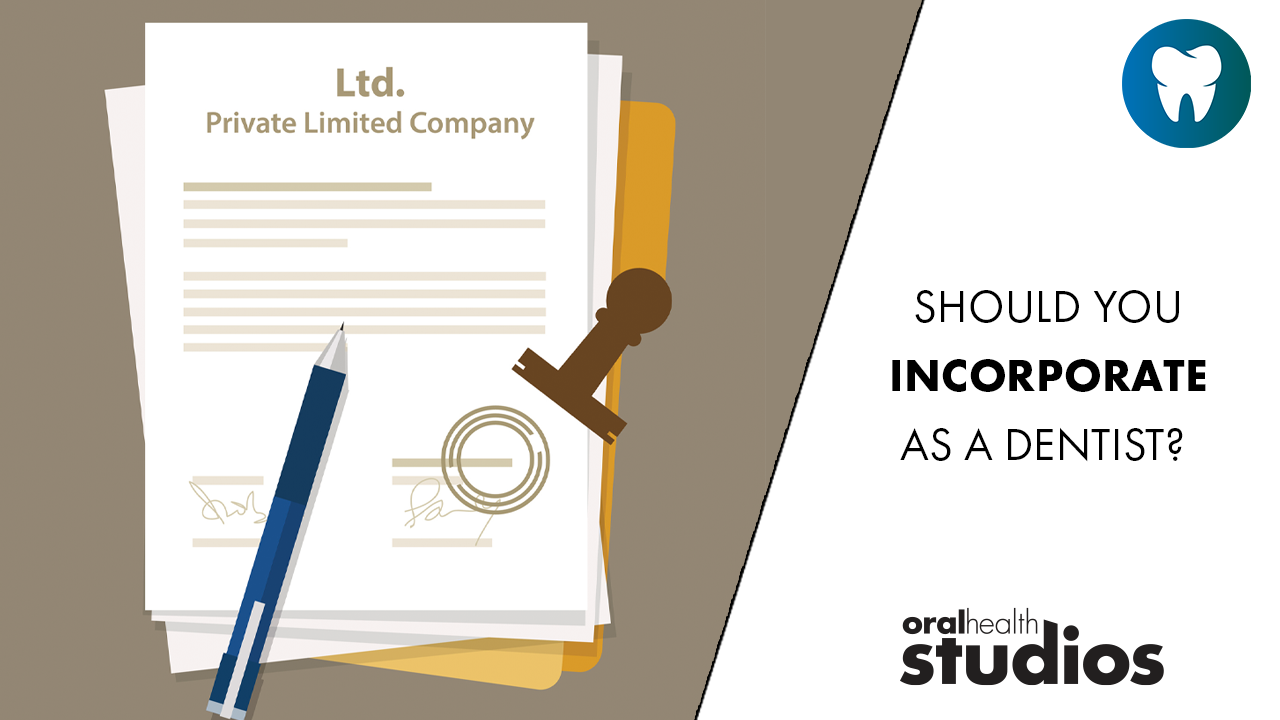
LQS: The missing link in dental anesthesia
Introduction: Rethinking the anesthetic spectrum in dentistry
For decades, dental anesthesia has existed in two distinct categories: topical anesthetics, which provide mild surface numbing, and injectable anesthetics (carpules), which deliver profound anesthesia but require a needle. Until now, there has been no middle ground—no option that could deliver deeper anesthesia without an injection.1
I’ve recently had the opportunity to introduce a new and innovative topical anaesthetic delivery system into my endodontic practice. LQS (Lidocaine QuickStrip™) (SKYCARE COMPOUNDING LABS – jschuler@sclabs.ca) has introduced a new category of anesthesia that bridges this therapeutic gap. Unlike topical gels, which provide only superficial numbing, LQS delivers an anesthetic load closer to an injectable carpule, offering a deeper, longer-lasting effect without the need for an injection and when an injection is necessary it makes it extremely comfortable especially in sensitive areas like the palate.
With its muco-adhesive thin film technology, LQS adheres to the oral mucosa, ensuring targeted, controlled, and effective anesthesia. For patients who dread injections and for clinicians seeking a stronger alternative to topical gels, LQS represents the missing link in modern dental anesthesia.
Moreover, for dental hygienists, LQS claims that it is the only product on the market that provides single-unit desensitization at a level of anesthesia comparable to an injection.2 The elimination of an injection for many patients, this has the potential to efficiently streamline workflow, free up valuable time for both the dentist and hygienist, and enhance overall patient comfort therefore providing a positive patient experience.
The evolution of dental anesthesia: A missing middle ground
Since the introduction of Eucaine in 1900 and Lidocaine in 1948, dental anesthesia has remained largely binary,3 either a mild topical agent or a full injectable infiltration or nerve block. While topical gels are helpful for pre-injection numbing, they lack the depth and duration necessary for many procedures. Injectable anesthetics, on the other hand, require a needle, which remains a major source of fear and anxiety for patients.
Until now, dentists and hygienists have had to choose between these two extremes. LQS changes that dynamic, sitting therapeutically between a topical gel and an administered injection—strong enough to offer a deeper anesthetic effect, yet non-invasive and painless.
Not only is patient comfort improved, it also transforms clinic efficiency. Because LQS eliminates the need for an administered carpule in most hygiene patients, it may allow clinics to operate more smoothly, treating more patients comfortably while reducing chair time and reliance on the dentist for anesthesia administration.
What sets LQS apart is that it’s not just another topical anesthetic that we are used to. Its muco-adhesive film technology addresses many of the limitations of gels and sprays, while offering a level of anesthesia much closer to a carpule than anything previously available in the topical category. Think of a Listerine breath strip as the closest analogy to the look and feel of the LQS. It adheres instantly to the soft tissue which eliminates the mess and drift common with gels. In addition, it can be cut to size, ensuring targeted anesthesia—perfect for buccal blocks, palatal applications, or hard-to-reach sites (Fig. 1).
Fig. 1

Because it sits between a gel and an injection on the anesthetic spectrum, LQS is versatile enough to be used across a wide range of procedures:
- Scaling & root planing – A perfect alternative to gels, providing deeper numbing without injections.
- Pediatric dentistry – Ideal for children who fear needles and may not tolerate traditional anesthesia well.
- Minor restorative procedures – Effective for cavity preps, crown cementation, and soft tissue treatments.
- Pre-injection anesthesia for major restorative, endodontic and surgical procedures – Helps clinicians perform a pain-free injection for procedures that still require deeper anesthesia.
COMPARING LQA, GELS AND SPRAYS, INJECTABLE CARPULES
| Feature | LQS (Muco-Adhesive Film) | Gels & Sprays | Injectable Carpules |
| Adherence | Fixed, stays in place | Can drip/spread | Injected directly |
| Onset Time | Rapid | Slower | Fast |
| Depth of Anesthesia | Closer to a carpule | Superficial | Profound |
| Patient Control | High – no mess, no irritation | May cause discomfort | Requires a needle |
| Customization | Cut to size, precise targeting | Fixed application | Fixed dose |
| Needle-Free? | Yes | No | No |
Conclusion: LQS (Muco-Adhesive Film) establishes a new standard in anesthesia and clinic efficiency
For the first time in modern dental anesthesia, there is a true middle ground between topical gels and injectable anesthetics. LQS fills this critical gap, providing a stronger, deeper, and more reliable numbing effect than gels, while remaining non-invasive and pain-free.
Beyond patient comfort, LQS revolutionizes dental practice efficiency, allowing hygienists to manage anesthesia independently, reducing reliance on dentist administered injections, increasing overall clinic productivity and enhancing a positive patient experience. With LQS, the next era of dental anesthesia has arrived—bridging the gap, one strip at a time. 
Oral Health welcomes this original article.
References
- https://decisionsindentistry.com/article/update-on-dental-topical-anesthetics/
- https://www.aapd.org/assets/1/7/G_LocalAnesthesia1.PDF
- https://publishingimages.s3.amazonaws.com/eZineImages/PracticePerfect/730/Bezerra-A-brief-history-behind.pdf
About the author

Dr. Gary Glassman lectures globally on endodontics, is on staff at the University of Toronto, Faculty of Dentistry in the graduate department of endodontics. He maintains a private practice, Endodontic Specialists in Toronto, Ontario, Canada. His personal/professional website is www.drgaryglassman.com and his office website is www.rootcanals.ca.












